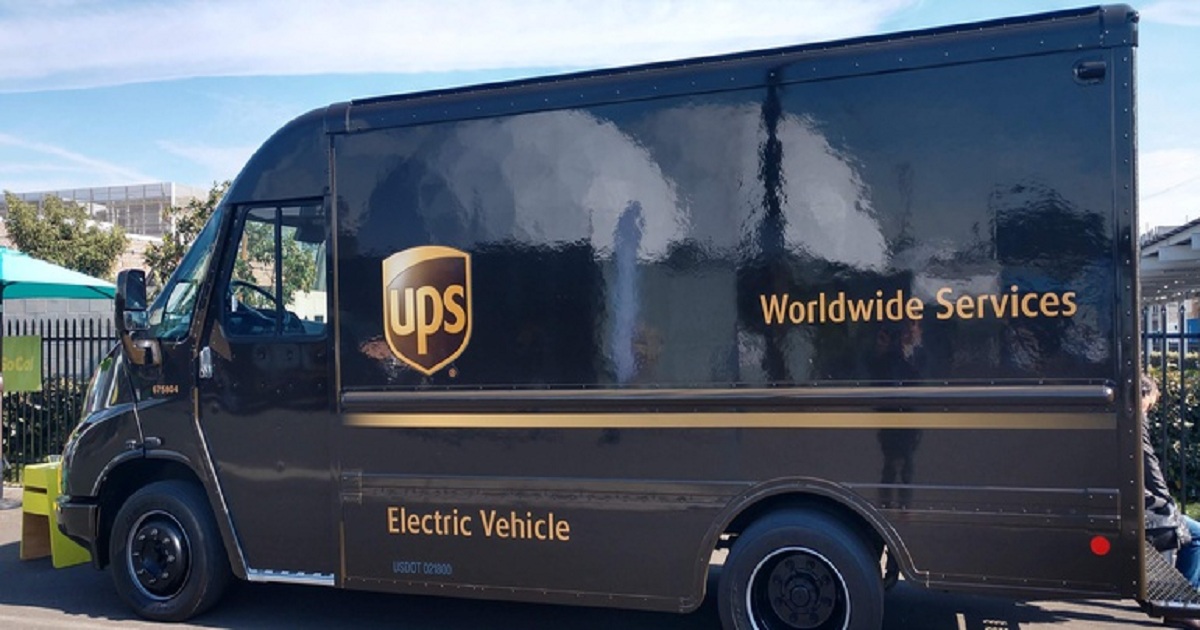UPS and Amazon: A tale of 2 last-mile sustainability strategies
Supply Chain Dive | January 15, 2019

The last mile is an expensive mile. Figure out a way to reduce it, and you improve the bottom line. Or at least that’s the case for carriers, said Patrick Browne, director of global sustainability at UPS. With an average 60,000 UPS van drivers on the U.S. road each day, making 120 deliveries each, according to Browne, small tweaks can make a big difference in fuel efficiency and miles driven. In the era of e-commerce, sustainability in last-mile delivery is even more of a hot topic thanks to the Amazon effect. The increase in online shopping and the promise of fast delivery means more one-package-per-stop trips to consumers. Traditionally for B2B deliveries, multiple packages are delivered per stop, making deliveries more economical and decreasing the per package carbon delivery footprint. While carriers try to decrease the miles driven and time on the road, retailers look at the deliveries from a different vantage point. Their goal is to increase profits while pleasing customers with on-time delivery. Add in consumers, who often claim they care about the environment yet continue to place online orders without considering the environmental impact of their actions.